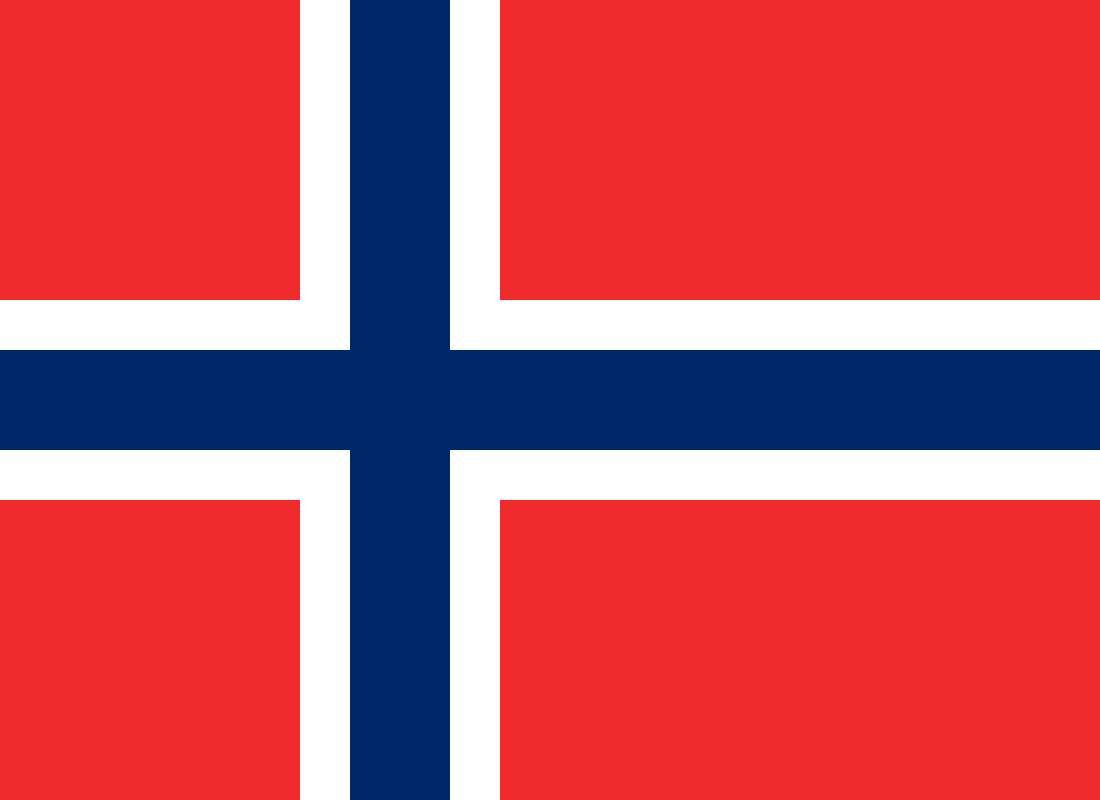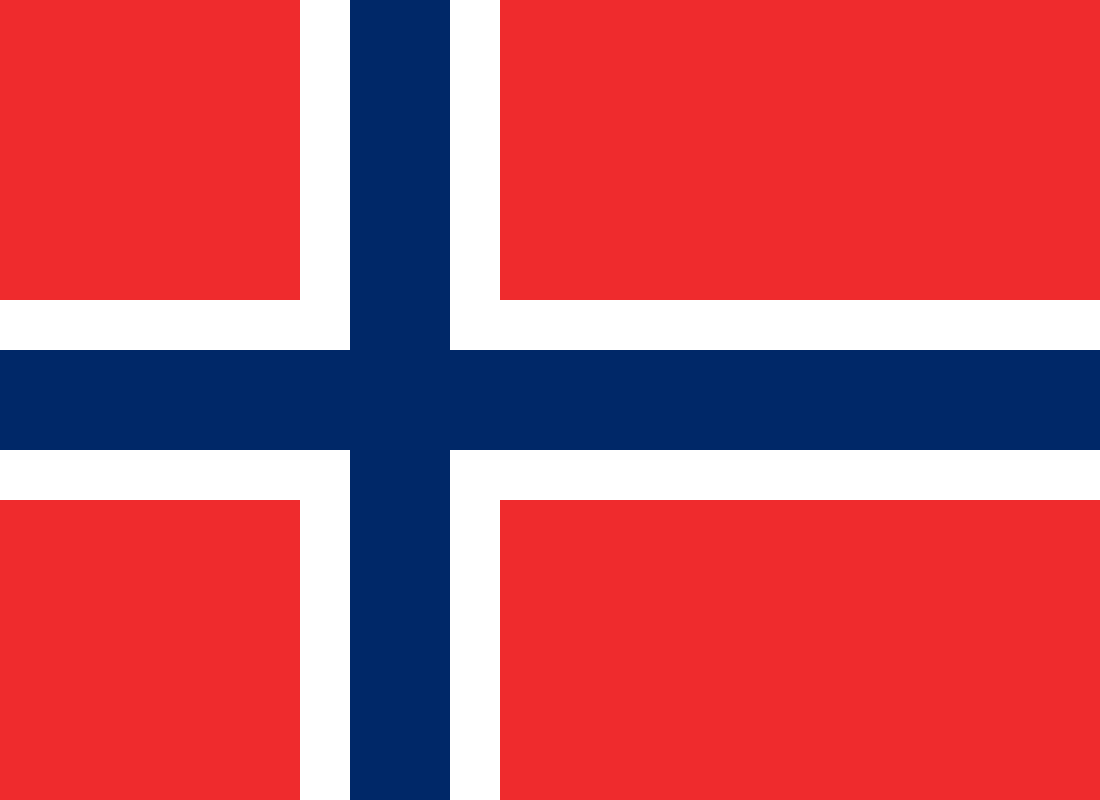Currency in Bouvet Island: NOK Send & Spend FX Guide
Resources for Expats, Travelers, and Entrepreneurs Navigating Life and Trade in Bouvet Island with the Norwegian krone.

What's in this Bouvet Island currency guide?
What currency is used in Bouvet Island?
The official currency of Bouvet Island (country code: BV) is the Norwegian krone, with symbol kr and currency code NOK.
What is a good Norwegian krone exchange rate?
The BestExchangeRates.com currency comparison table below helps you see the total cost of your currency transaction by showing the exchange rates offered by different providers. It also makes it easy to spot potential savings from market-leading FX services compared to bank rates.
To see a full list of rates, enter your transaction type, currencies and amount then click ‘GET RATES’:
Loading rates...
|
|
|
Good things to know about the Norwegian krone
In 2016, the Norwegian krone contributed to 1.7% of total foreign exchange market volume, and as such was the world's fourteenth most traded currency. The krone is subdivided into 100 øre and was introduced in the late nineteenth century.
Norway’s economy, and consequently the value of the krone, is heavily reliant on oil and gas prices since nearly half of the country’s total exports are these commodities. The krone is therefore aptly termed a ‘petro-currency’. As of 2016, Norway was the world’s tenth largest oil exporter.
Since 1995, the krone’s lowest valuation against the US dollar came in October 2000 when USD/NOK reached 9.65. The currency was strongest in April 2008 when USD/NOK fell to just 4.94 following a boom in the oil price. Against the euro, since the single currency's introduction in 1999, EUR/NOK has traded between 7.21 and 10.16.
Here is what the Norwegian kroner looks like:
Coins: The Norwegian kroner is available in coins ranging in value from 1 øre (1/100 of a kroner) to 20 kroner. The coins feature a variety of designs, including the Norwegian coat of arms and images of animals, plants, and cultural symbols.
Banknotes: The Norwegian kroner is available in banknotes ranging in value from 50 kroner to 1,000 kroner. The banknotes feature a variety of designs, including images of historical figures and cultural symbols.
Here are some of the historical figures that have appeared on Norwegian banknotes:
- 50 kroner: Kristian Birkeland, a Norwegian scientist and inventor
- 100 kroner: Kirsten Flagstad, a Norwegian opera Singer (see image below).
- 200 kroner: Camilla Collett, a Norwegian author and feminist
- 500 kroner: Henrik Ibsen, a Norwegian playwright and poet
- 1000 kroner: Sigrid Undset, a Norwegian novelist and Nobel laureate
It is worth noting that the designs of Norwegian banknotes are periodically updated, so the figures that currently appear on Norwegian banknotes may be different from the ones listed above.
For more NOK information check out our selection of Norwegian krone news and guides.
Frequently Asked Questions
What currency should I use in Bouvet Island?
The domestic currency in Bouvet Island is the Norwegian krone.
What is the Norwegian krone currency code and symbol?
The three letter currency code for the Norwegian krone is NOK — symbol is kr.
What does the Norwegian krone look like?
Here is an example Norwegian krone banknote:

Which countries use the Norwegian krone?
It is the domestic currency in Norway, Bouvet Island and Svalbard and Jan Mayen.
Is the Norwegian krone a closed currency?
No, the Norwegian krone is freely available and convertible. See guide: What is a closed currency?
What are equivalent amounts of SGD and NOK?
Here are some popular conversion amounts for SGD to NOK (Singapore dollar to Norwegian krone)*.
| SGD | NOK |
|---|---|
| S$ 1,000 | kr 7,915 |
| S$ 5,000 | kr 39,577 |
| S$ 20,000 | kr 158,308 |
| S$ 100,000 | kr 791,540 |
| SGD | NOK |
|---|---|
| S$ 126.30 | kr 1,000 |
| S$ 631.50 | kr 5,000 |
| S$ 2,526 | kr 20,000 |
| S$ 12,630 | kr 100,000 |
More amounts
*Converted at the current SGDNOK interbank exchange rate. Calculate actual payout amounts for Send Money and Travel Money exchange rates.

Travel money for Bouvet Island
Using Wise for Norwegian krone travel money is a smart choice for savvy travelers. With its competitive exchange rates and low fees, Wise allows you to convert and manage multiple currencies effortlessly.
Be careful when using your own bank's Debit/Credit Card, as your bank may also charge an extra 3% as an “Overseas Transaction Charge” plus “Overseas ATM” fees for withdrawing cash on top of the standard Visa/Mastercard 2.5% from market mid-rate.
For card purchases, if you are offered a choice of currencies always select to Pay in Norwegian krone otherwise you will typically get much worst dynamic currency conversion (DCC) exchange rates.
If you really want Norwegian krone cash before departure, you can save money by ordering online. You generally get better rates and can pick up the NOK cash locally or even on travel day at the airport.
Bouvet Island: Travel Guide
Traveling to Bouvet Island requires careful financial planning to ensure a smooth and cost-effective experience. Here's a comprehensive guide to help you navigate currency considerations and manage your money effectively during your visit.

Bouvet Island, a dependent Norwegian territory, is the most remote island in the world rising sharply from the freezing waters of the Pacific. It was discovered in 1739 by a French naval officer and later claimed by the British to be finally waived in favor of Norway. It's barely 50 square kilometers in area with 93 % of it covered by glaciers. The center of the island is occupied by an ice-filled crater of an inactive volcano and according to some data there is a lake of molten lava filling the caldera. The landscape is definitely not welcoming unless you are not put off by heaps of snow and ice formations but it surely is a dramatic one.
There is no standard telephone connection, no postal code or distribution.
As there are no ports or harbors, only offshore anchorages, the island is not easy to reach. The best way to access is by ship or helicopter but mind you, only if you are not denied permission. The island and adjacent territorial waters are a designated nature reserve so you might find it quite difficult to get there if your only purpose of visiting is mere tourism.

Everyday Costs in in Bouvet Island
How much does it really cost to live, work, or travel in Bouvet Island? Here's what to expect for daily expenses and expat living.
Currency Guide for Bouvet Island (ISO code: BV)
Traveling to Bouvet Island, an uninhabited territory that is part of Norway, presents a unique challenge for tourists. While there are no local services or accommodations, if you are planning a journey to the nearest inhabited area, it will be essential to budget wisely should you wish to explore nearby locations such as the Svalbard archipelago. For a mid-range stay of one week, including travel to Svalbard, a reasonable budget would be approximately 12,000–15,000 NOK (Norwegian Krone), ensuring you cover transportation, food, and accommodations. Typical daily expenses in the region might include:
- 🍽️ Meal at a local restaurant: 200–300 NOK
- ☕ Coffee: 40–60 NOK
- 🚍 Public transport fare: 30–50 NOK
- 📶 Prepaid SIM card: 300–500 NOK
- 🛏️ Budget hotel or Airbnb: 1,500–2,000 NOK per night
Compared to the United States, wherein daily expenses can be similar, Norway is generally considered more expensive, particularly in terms of dining out and accommodations. When lined up against the UK, Norway retains a higher cost structure, especially for travelers wanting to enjoy local cuisine and services.
Expat Living Costs and Currency Tips
For expatriates considering a longer-term stay, typical monthly living costs can range from 20,000–30,000 NOK. This estimate includes accommodation, utilities, groceries, and transportation—a figure that reflects the high cost of living in this Nordic region. Banking in Norway is efficient, with the prevalent use of debit and credit cards; however, cash is still accepted in some remote areas. When transferring funds, opting for local banks comes with higher fees and less favorable exchange rates, so services like Wise and OFX can provide better options for international money transfers, offering far lower fees and more competitive rates.
For those needing to convert funds, exchange rates at local institutions can be less favorable than online platforms, especially for major currencies like the USD or Euro. It might be wise to conduct your exchanges online, avoiding the excessive costs associated with local currency conversions in remote regions, which can be quite limiting when it comes to options.
USD/NOK Market Data
The below interactive chart displays the USD/NOK change and UP📈 DOWN📉 trends over the past 1 Year.

Recent Norwegian krone Market News
NOK has rocketed higher in the past few weeks, currently up 9% year-to-date versus the dollar. That is largely due to a boost in European economic and equity sentiment, but the inflation surprise in Norway played a key role. Markets are pricing in only 8bp of easing for 27 March and only one cut in the next 12 months.
ABN-Amro's fair value model shows EUR/NOK is undervalued relative to short-term drivers, embedding an excess of optimism relative to European spending optimism and rotation from US equities back to Europe.
So, while EUR/NOK could remain pressured this week after a Norges Bank hold, ABN-Amro are less optimistic about further gains and actually see room for a EUR/NOK rebound to 11.50 in the second quarter, when US tariffs may materially temper European sentiment.
For more NOK information read our News and guides to the Norwegian krone.
Send Money to Bouvet Island - Best Rates
To get a good (and fair) exchange rate when sending money to Bouvet Island you need to find and compare exchange rates for International Money Transfers (IMTs).
The available FX rates for sending money abroad can be very different to the mid-market (wholesale) rate which you see reported online and in the News.
You should especially compare your own bank's exchange rates to those available from Money Transfer specialists to see how much you can save - we make that calculation easy in the below table.
Get a better deal for foreign transfers to Bouvet Island
When sending money to Bouvet Island it’s important to compare your bank’s rates & fees with those we have negotiated with our partner money transfer providers. To get a better deal you should follow these 4 simple steps :
- Open an account with a BER reviewed FX provider (id docs may be required)
- You specify the local or Norwegian krone amount you want to transfer
- Make a local currency domestic transfer for the requested amount to the provider's bank account in your country
- Once your funds are received by the provider the converted NOK amount will be transfered to the recipient account you specify in Bouvet Island.
Use the above calculator to compare the exchange rates of FX specialist providers rates versus your bank's standard rates you can hopefully save around 5% and maybe more - end result is more Norwegian krone deposited into the recipient bank account and less margins and fees kept by the banks!